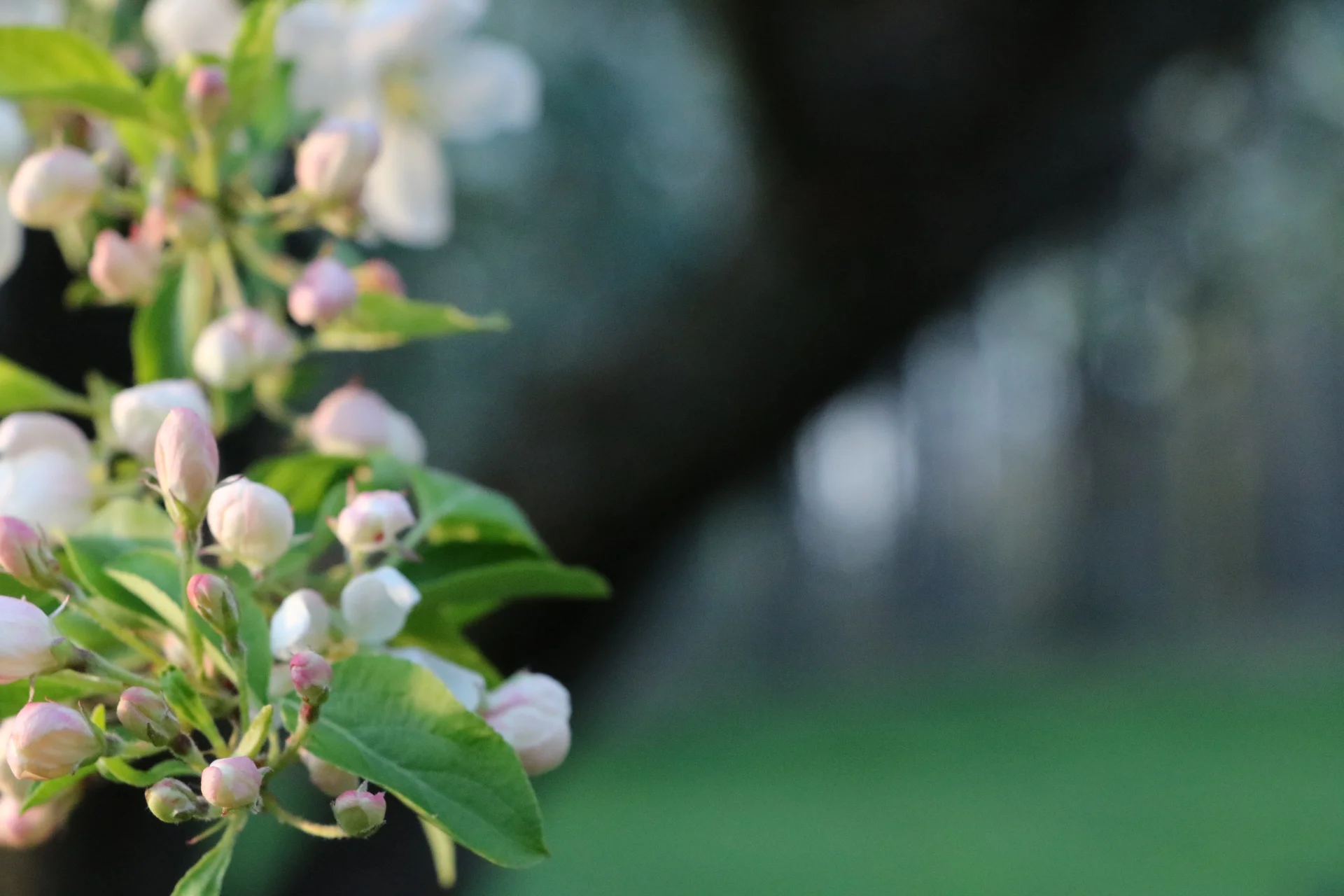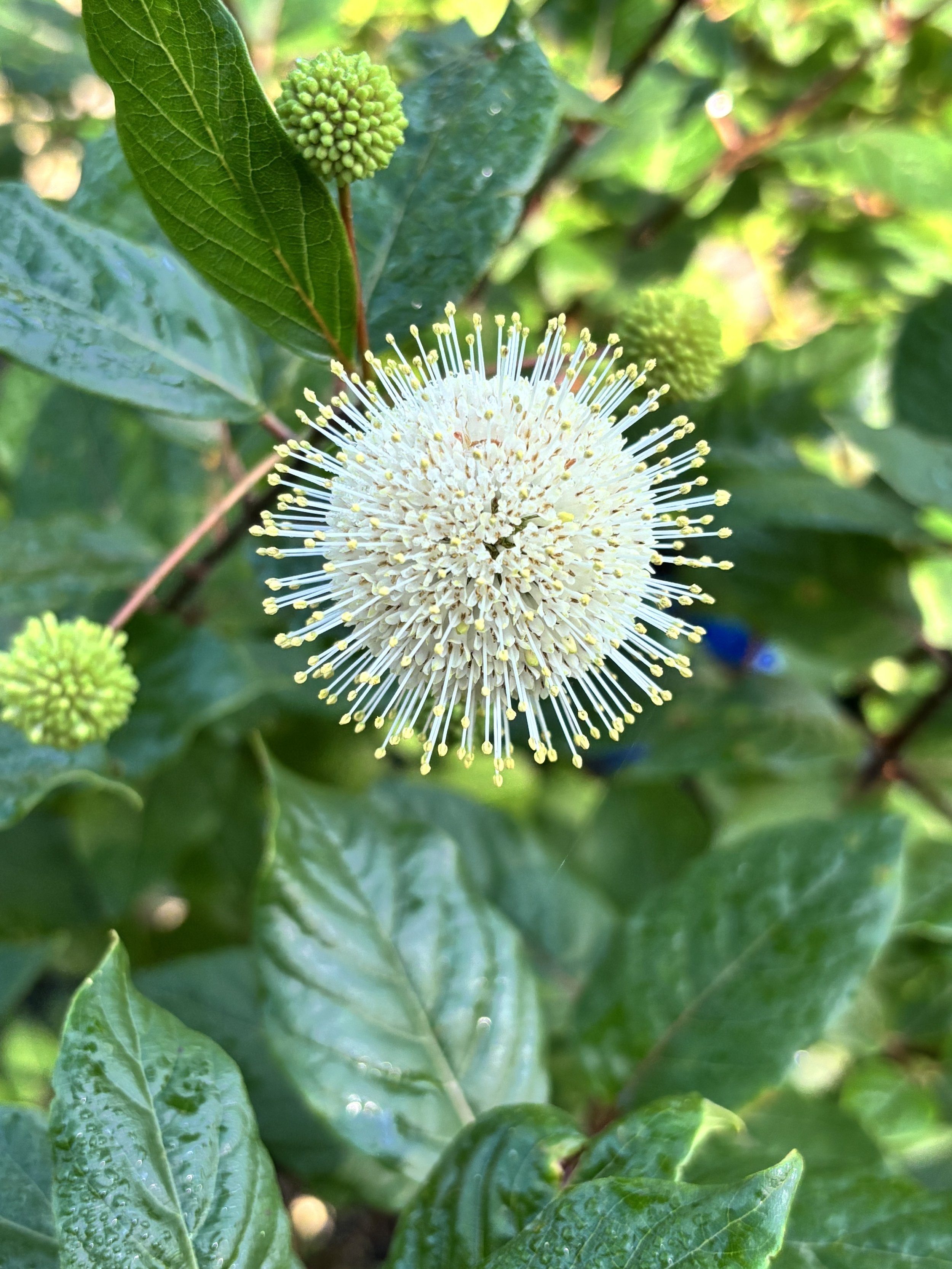Parker's Picks — Prairie Ninebark
/Common Ninebark (Physocarpus Opulifolius)
Prairie ninebark, also called common ninebark, is a fast-growing deciduous shrub native to Western New York that’s a popular choice for landscaping due to its beautiful leaves and distinctive exfoliating bark. Typically growing between 5 and 9 feet tall, ninebark features a rounded, mounding growth habit, making it an excellent choice for a large, informal hedge. This plant is often regarded as deer-resistant and showcases bright yellow foliage in the fall.
In early summer, ninebark produces clusters of small white flowers reminiscent of spiraea, which are later followed by eye-catching clusters of reddish-pink seed capsules. This resilient plant adapts well to various soil types and exhibits outstanding drought tolerance once it is established.
The clusters of flowers serve as a vital source of nectar and pollen for butterflies, native bees, and various other beneficial insects. In the fall, the seed pods provide a food source for native songbirds.
Ninebark is known to attract butterflies including:
Tiger Swallowtail (Papilio machaon) - Renowned for its vivid yellow and black hues.
Eastern Tiger Swallowtail (Papilio glaucus) - Predominantly seen in the eastern regions of the United States, resembling the Tiger Swallowtail.
Monarch Butterfly (Danaus plexippus) - Celebrated for its vibrant orange shade and remarkable migration journey.
Clouded Sulphur (Colias philodice) - A petite yellow butterfly commonly spotted in fields and gardens.
Common Buckeye (Junonia coenia) - Distinguished by its distinctive eye spots and brown coloration, widely distributed throughout North America.
In additional to its ecological importance, ninebark is utilized for its medicinal properties by indigenous tribes. The Iroquois brewed tea from the root to address a range of health issues, such as sore throats, cramps, and digestive problems. Additionally, ninebark was combined with cedar bark to create a darker brown dye for their crafting needs.











